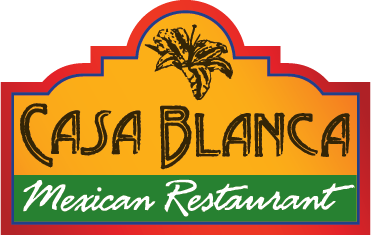Day of the dead is a tradition that is celebrated across the Mexican culture. November 1st is when Day of the Dead festivities start taking place and then the celebrations continue on into November 2nd. Day of the Dead is a day of celebration, put aside to remember what life was like when now deceased loved ones were alive and in the lives of their family and friends.
The Free Resource explains the Day of the Dead in a little more detail. Find out what Day of the Dead is all about.
Day of the Dead: History, Facts, and Resources
What is the Day of the Dead Holiday?
Day of the Dead, or Dia de los Muertos, is a ritual celebrated in certain areas of the United States and Central America, and Mexico. Festive gathering takes place every year on November 1st (All Saints Day, or El Dia de Todos los Santos) and November 2nd (All Souls Day, or El Dia de los Muertos). The Day of the Dead originated from the indigenous population in Mexico (Purepecha, Nahua, Totonac, and Otomi), who believed that the souls of the dead come back to visit their living family members every November 2nd to eat, drink, and be in a merry mood. The celebration is to remind those who are still living of how it was when their loved ones were still alive. The entire Dia de los Muertos holiday is filled with a positive feeling, rather than mourning.
The indigenous people in what is now called Mexico had been practicing a ritual for at least 3000 years. This ritual changed after the Spanish Conquistadors landed somewhere in Mexico more than 500 years ago. The Spaniards were willing to get rid of the celebration that looked like they were mocking death. Thus, they tried to annihilate it and were unsuccessful at it. The Day of the Dead celebration was evolved by merging with Catholic theology.
Using Skulls for Dia de Los Muertos
The Aztecs and many other Meso-American civilizations kept skulls, which symbolize death and rebirth, displayed them for others to observe. The skulls were utilized to honor the dead, whom were thought would come back to visit the Day of the Dead ritual. In today’s times, these skulls are made with sugar, and decorated with sequins, tinted frosting, feathers, and other elaborate decorations. The sugar skulls, which are made in many sizes and colors are displayed over the Day of the Dead holiday as a symbolic nod to the traditional past.
Embracing Death for Day of the Dead
The indigenous people, pre-Hispanic people, viewed death as the continuation of life. In contrast, the Spaniards felt death as the end of life. The pre-Hispanic people embrace death; thus, they idealized it thinking that’s when they would be truly awake. Moreover, death was embraced, not feared. Duality was honored as being dynamic by the pre-Hispanic people. For example, they did not separate death from pain, wealth from poverty like the Western cultures has done.
Spaniards Wanted to Change
The Spaniards considered the rituals to be blasphemous. The pre-Hispanic people were considered barbaric and pagan. So, in the Spaniards’ attempts to convert them to Catholicism, the ritual was attempted to be vanished. However, they failed and the Day of the Dead rituals lived on. The celebration was moved to coincide it with All Saints’ Day and All Souls’ Day to arrange the ritual to have more traits in common with Christianity. Antecedently, it fell on the ninth month of the Aztec Solar Calendar, which is about around the commencement of August. The ancient festivals were presided over by the goddess Mictecacihuatl, also known as “The Lady of the Dead.” The story is about her being dead when she was born.
Present-day Mexico and the Day of the Dead
On the Day of the Dead holiday in Mexico, the streets near the cemeteries would be filled with decorations of papel picado, flowers, candy calaveras, and parades. Families of the dead make altars and place offerings of food such as pan de muertos baked in shapes of skulls and figures, candles, incense, yellow marigolds. The altar, called an offrenda, must also have a photo of the deceased displayed next to it.
For the celebration, skulls are decorated with bright colors with the name of the deceased inscribed on it. The processions have children carry yellow marigolds to the cemetery. To honor the spirit, people enjoy themselves by having music to play and dance to it.
The Day of the Dead is a celebration of loved ones who has already died. It has evolved from a ritual that the Aztecs started, who weren’t afraid of death. Thus, the holiday involves some props that have death-related meanings. Skulls are the most conspicuous decoration that honors the dead.
How will you be celebrating Day of the Dead? If you’re looking for a taste of Mexican culture on those days, or on any day, you can visit us here at any of our Casa Blanca locations in Massachusetts. Come grab a bite to eat, enjoy the Mexican atmosphere and have a drink with us. Keep the tradition of the Day of the Dead alive in your heart!

